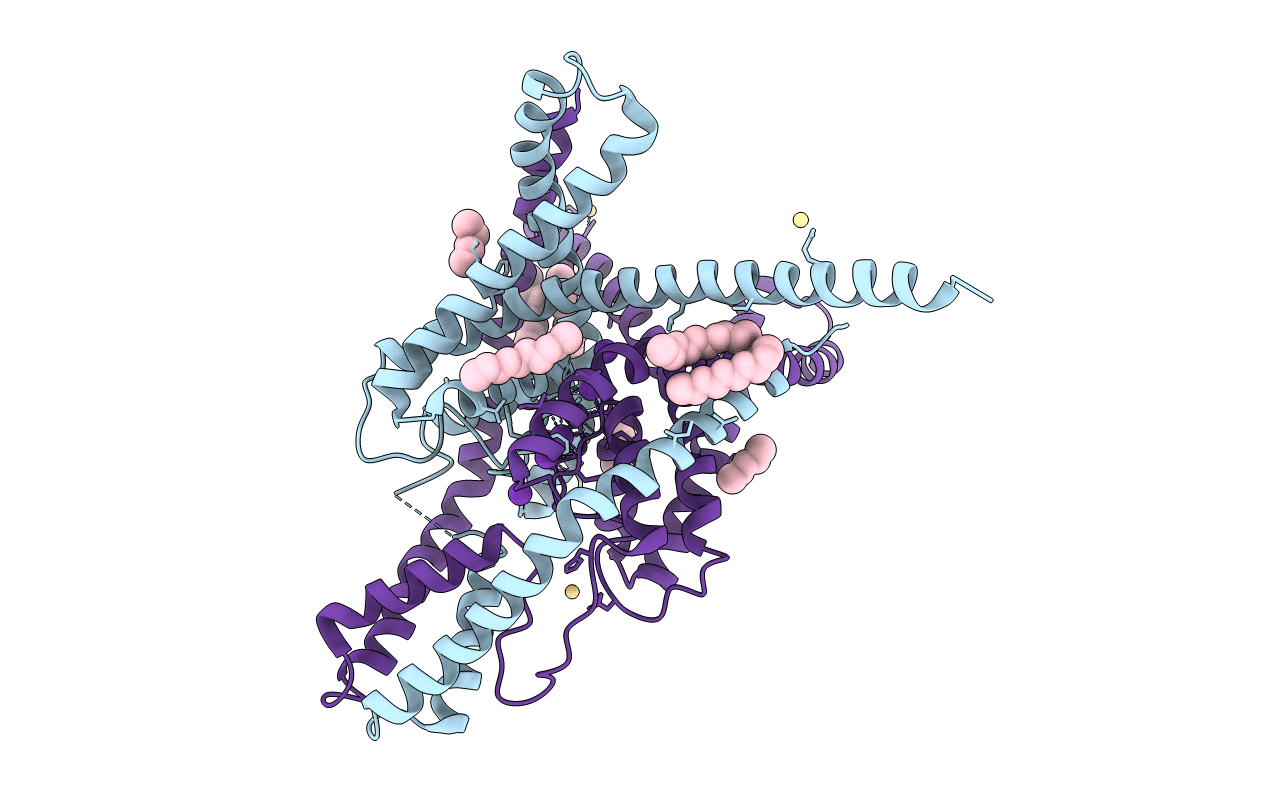
Deposition Date
2018-03-14
Release Date
2018-03-28
Last Version Date
2024-11-06
Method Details:
Experimental Method:
Resolution:
3.10 Å
R-Value Free:
0.30
R-Value Work:
0.26
R-Value Observed:
0.26
Space Group:
P 21 21 21


